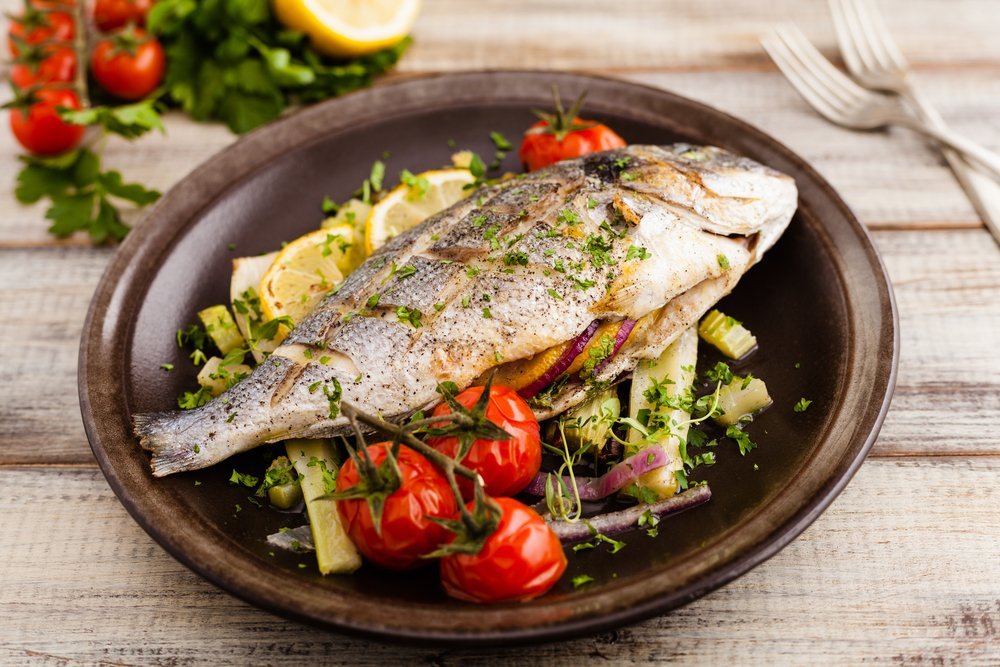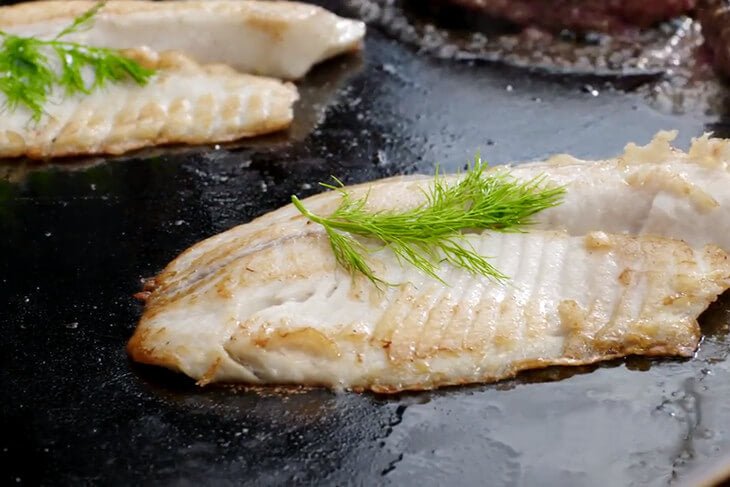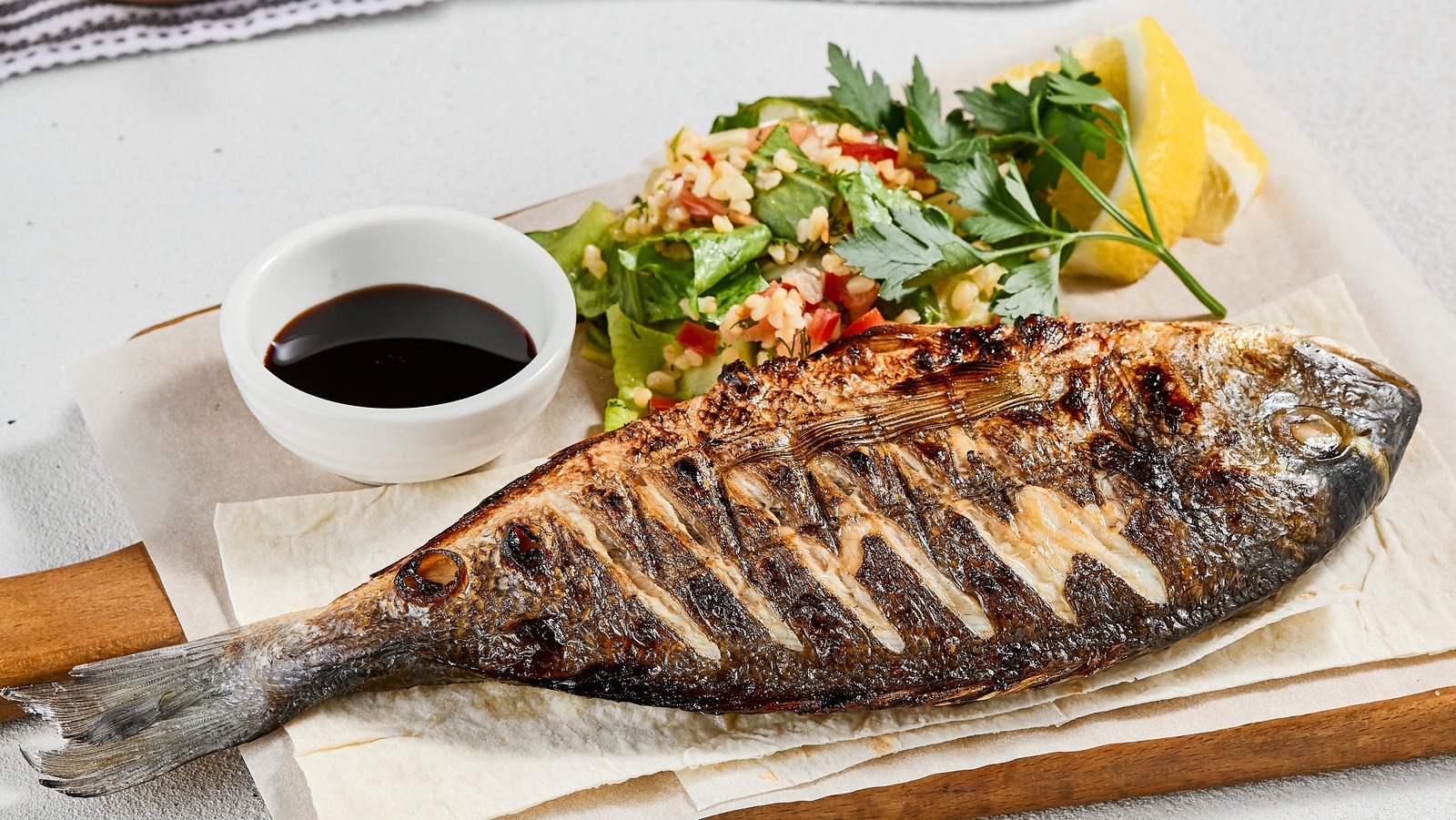Mastering the Art of How to Cook a Fish Over a Fire
Written By James Morgan
Is there anything that screams summer more than cooking freshly caught fish over a crackling fire? For barbecue enthusiasts, learning **how to cook a fish over a fire** is a skill that blends the joys of the great outdoors with the satisfaction of a perfectly cooked meal. In this extensive guide, we will explore everything from selecting the right fish, preparing your catch, to the art of cooking it over an open flame. Bring the spirit of adventure to your kitchen, well, your outdoor kitchen, and lets dive into this fulfilling culinary journey!

Why Cooking Fish Over a Fire is a Unique Experience
Cooking fish over an open fire is more than just a method of preparing a meal; it's an experience that connects us back to simpler times. Whether you're camping, hosting a backyard barbecue, or enjoying a beach cookout, the process requires a blend of patience, skill, and the ability to manage the flames. This ancient technique adds a smoky flavor to the fish, enhancing its natural taste and making it distinct from any other method of cooking. Learning **how to cook a fish over a fire** can elevate your grilling game and provide you with a memorable culinary experience worth sharing with friends and family.
Choosing the Perfect Fish
The first step in mastering **how to cook a fish over a fire** is choosing the right type of fish. The ideal fish should be firm-fleshed, which allows it to hold together while cooking over the intense heat of an open flame. Popular choices include salmon, trout, snapper, and halibut, but the freshest local catch is always a splendid option. Ensure the fish is cleaned and gutted before you begin. If youre feeling extra ambitious, you can even try your hand at catching your fish, making the entire experience that much more rewarding!
Essential Tools and Equipment
Preparing and cooking fish over a fire requires specific tools that you probably already have in your grilling arsenal. Heres a list of must-have equipment:
- Griddle: Check out this versatile griddle for a sturdy, stable cooking surface.
- Knife: An essential tool for fish preparation. Consider this high-quality knife set.
- Cutting Board: A stable surface for prepping your fish. This cutting board set is perfect for the job.
- Metal Tongs: To carefully rotate the fish over the flame.
- Spatula: For flipping the fish and ensuring an even cook.
- Thermometer: Ensures that your fish is cooked to the right internal temperature.
Preparing the Fish
The way you prepare your fish can greatly influence the outcome of your cooking. Start by rinsing the fish under cold water to remove any residual scales or debris. Pat it dry using paper towels. Next, season the fish generously with salt and pepper or your preferred spices. Herbs like dill, thyme, and parsley work wonderfully with fish. To add a burst of flavor, you might stuff the cavity with lemon slices, garlic cloves, and fresh herbs.
Marinating Options
Marinating your fish can introduce additional layers of taste. A simple marinade of olive oil, garlic, lemon juice, and fresh herbs will enhance the fishs natural flavors without overwhelming them. Use a resealable plastic bag to marinate the fish for about 30 minutes to an hour. Remember, the longer you marinate, the more pronounced the flavors will be.

Setting Up the Fire
Knowing **how to cook a fish over a fire** starts with building and managing the fire correctly. Your fire should be hot enough to cook the fish through but not so intense that it burns the exterior while leaving the inside uncooked. The best method is to start a steady fire using kindling and small logs, then adding larger logs as the flames grow.
Creating a Grill Setup
Once your fire is established, youll need a structure for cooking. You can use a metal grate positioned over the fire or make a makeshift grill using green branches laid across rocks. If a traditional grill isnt available, a sturdy **griddle** like this one. can make an excellent alternative for positioning over the fire.
Managing the Heat
Heat control is critical when cooking fish over an open flame. Youll need to master the art of creating direct and indirect heat zones. Direct heat is right above the flames and is suitable for searing and initial cooking. Indirect heat, found on the edges or slightly away from the flames, is perfect for finishing the fish and ensuring it cooks evenly throughout. Using a thermometer can help you gauge the right temperature, ensuring your fish is perfectly cooked.

Cooking the Fish
This is where the magic happens. Place the fish directly on the grill or **griddle** using tongs, ensuring its stable. If youre using a grill, make sure its lightly oiled to prevent the fish from sticking. Cooking times will vary depending on the thickness of the fish and its type. Generally, fish should be cooked for about 57 minutes per side. Keep an eye on the color and texture; the fish should develop a crispy outside while remaining juicy on the inside.
Flipping the Fish
Flipping the fish is a crucial step and can be a delicate task. Use a spatula to gently lift the fish and flip it, ensuring it doesnt break apart. Cooking the second side should take less time since the fish is now partially cooked. Again, monitor the heat and adjust accordingly to avoid burning.

Serving and Enjoying Your Fire-Cooked Fish
Once your fish has reached the desired doneness, its time to serve and savor the fruits of your labor. Carefully remove the fish from the fire using metal tongs or a spatula and place it on a clean cutting board. Allow it to rest for a few minutes to let the juices redistribute within the fish.
Pairing Suggestions
For a complete meal, consider pairing your fire-cooked fish with some fresh sides. A crisp green salad, grilled vegetables, or a bowl of wild rice make excellent companions. The simplicity of these sides complements the rich, smoky flavor of the fish, creating a harmonious and satisfying meal.
Recommended Sauces
Sauces can add a further flavor dimension to your cooked fish. A classic tartar sauce, a zesty lemon butter sauce, or a fresh herb chimichurri can enhance the taste without overpowering the fishs natural flavors. Drizzle or serve on the side for added depth.
Storing Leftovers
If you have any leftovers, store them in an airtight container in the fridge for up to three days. Cold, fire-cooked fish can be a delightful addition to salads, sandwiches, or as a protein boost in your next meal.
Clean-up and Maintenance
After your delicious meal, the clean-up begins. Make sure to clean your griddle, knife, and cutting board thoroughly. Investing in a good Cookware Cleaner and Cutting Board Oil can prolong the life of your tools and ensure theyre in top shape for your next cooking adventure.
Looking for more grilling recipes? Check out Rice in a Slow Cooker or our guide on Breakfast Casserole for more culinary inspiration.
As an Amazon Associate, I earn from qualifying purchases.



